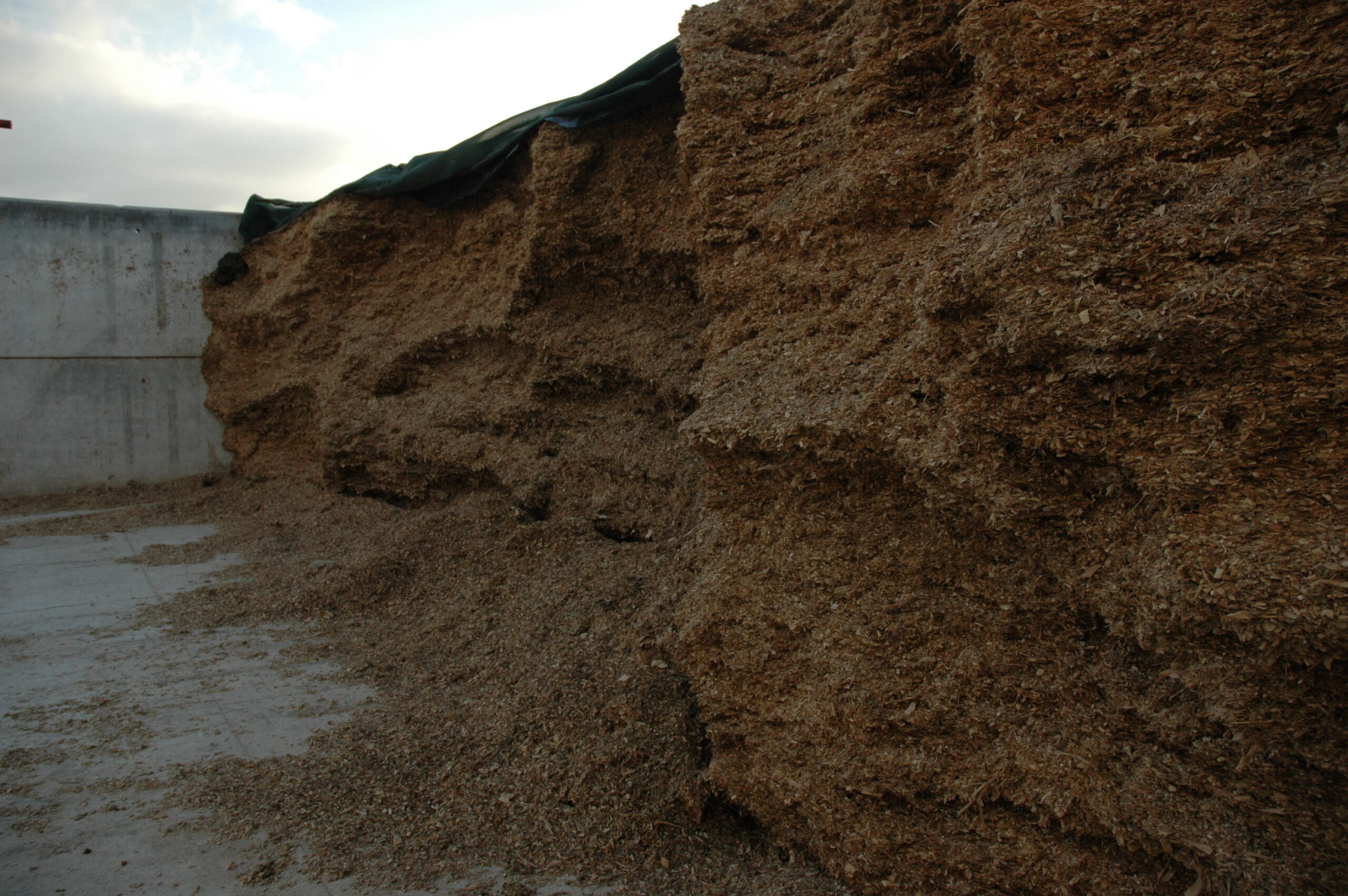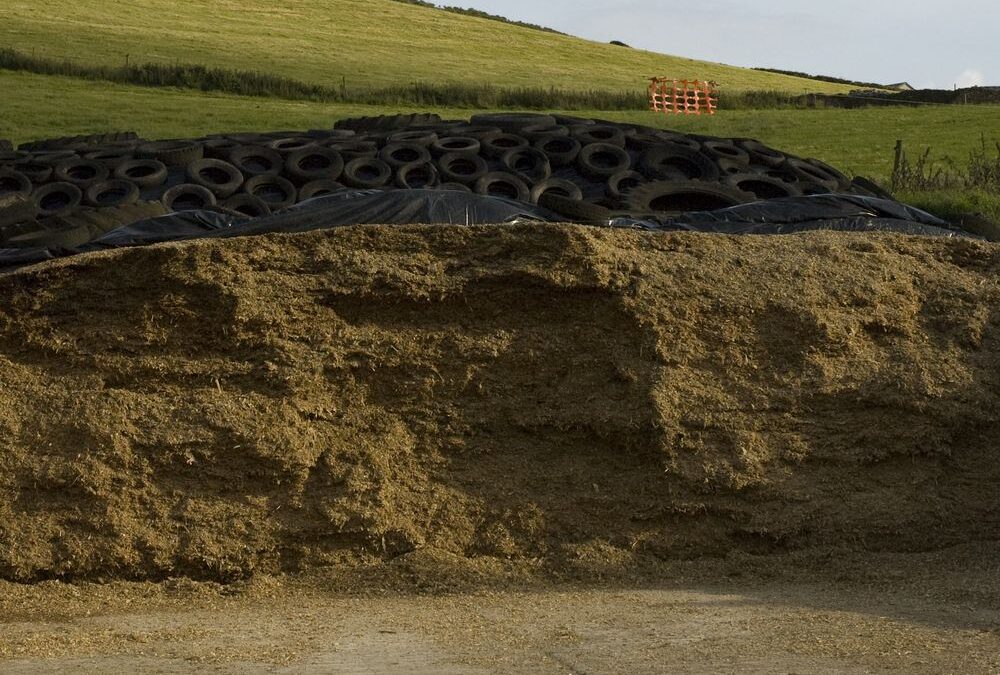What we can learn from 2021 forage
Approximately 40% of dairy producers have no fertiliser coverage for 2022. And we understand why people are holding back at these prices, but the lessons learned from the previous forage season necessitate applying full rates to first cut, if nothing else.
Make your forage count
Every year, you only get one first cut, and it should be the best and most productive cut you’ve ever made. You must make the best possible cut. Underfeeding the crop will not achieve this, and it will be a waste of money.
When we talk to customers, we tell them to aim for a 30-32 percent dry matter silage with as much protein as possible and a yield of more than 11MJ/ME. We are, however, compelled to do so this year. Make do with silage, which has a 10.8-11MJME and a protein content of 11%.
What’s affected the ME?
This was due to two key factors.
The first is that the early spring was cold, and plants did not absorb nitrogen from the soil, resulting in low protein levels in the grass.
The second reason is that the wet May delayed cutting, which meant that grass had grown over and many clamps were full of high NDF and low energy feeds. This is the first year we’ve advised customers to feed first cut to bullocks instead of cows.
Practical advice on silaging
So, what can we take away from this for the 2022 first cut? The first point to mention is that if grass cannot absorb nitrogen, it cannot produce protein. As a result, you must fertilise the crop. Even if bagged nitrogen costs a lot, you still need to use it to get the most out of your first cuts.
Consider how to make the best use of slurry. To improve nutrient content and handling capabilities, use an additive. Analyse it and use bagged N to balance it. Treat slurry as the valuable commodity that it is, rather than as a “little bit extra.”
Second, you can’t make high-quality silage out of low-quality grass. When the grass turns brown, the leaves begin to fall off, and the stem begins to protrude, your feed value decreases. To make a high-quality first cut, you must start with the best raw material available, which is young grass.
Carrying November and December grass over to harvest in April is pointless. This grass must be grazed so that the young spring shoots can be turned into a high-quality feed.
Our silaging advice
The first cut will be your best forage for next winter, so invest in it. Our advice is to treat first cut like any other year, regardless of nitrogen prices, because the return on investment in fertiliser will still be good, especially if you optimise the use of slurry. Then, take some time to plan out the rest of the year and your fertiliser use. At current fertiliser and fuel prices, you will almost certainly be better off with fewer cuts than with multi-cut systems.
Talk to your Feed Specialist about making the most of your forages on farm this winter or call the office on 01409 254 300.







